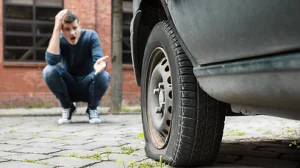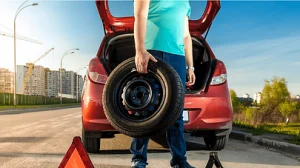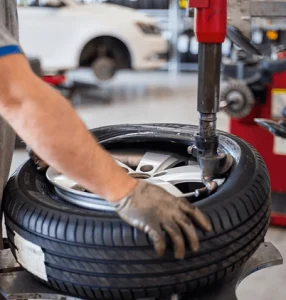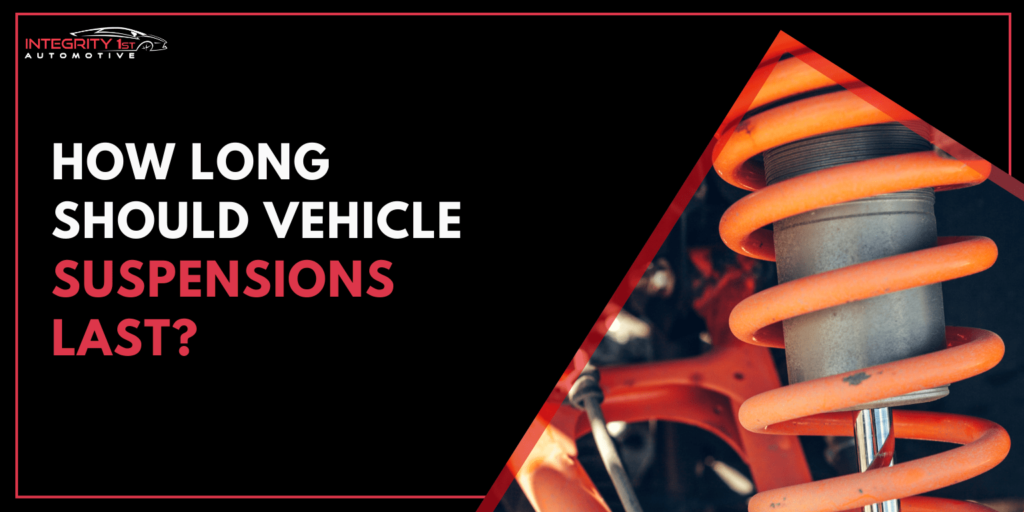If you’re using a spare tire due to a flat tire, you’ll want to know these critical safety tips on how to proceed without exasperating more damage to your tire, rim, and vehicle.
How Far Can You Drive On A Flat Tire?

If you have a flat tire, the rule is simple, DO NOT drive on it. If you’re on the road as you discover the flat tire, do everything you can to pull over safely and avoid oncoming traffic.
Once safely pulled over, you can begin the process of removing the flat tire and replacing it with a spare tire. Driving on a flat tire can cause the tire casing to be damaged where a tire patch will no longer fix the tire and a tire replacement would be necessary. In other cases, driving on a flat tire can cause irreversible damage to your rims!
How Far Can You Drive On A Spare Tire?

Do not drive more than 70 miles on a spare tire. The purpose of spare tires is simply to get you to a place where you can repair or replace the damaged tire.
You’ll notice spare tires are often smaller, lighter, have less tread, and even spin at a different rate – this affects traction, steering, braking, and general vehicle performance. Driving on a spare tire for too long puts unnecessary stress on your vehicle’s components such as your differential and suspension systems.
How Fast Should You Drive On A Spare Tire?

Do not exceed more than 50 miles per hour speed on a spare tire. Driving too fast on a spare tire is very dangerous and can lead to very expensive (and unnecessary) repairs – this is one of the reasons why many states actually have laws governing max speeds for vehicles using spare tires. Aside from the maximum speed, it’s also important you accelerate slowly when using the spare tire. A spare tire failure (due to speed, acceleration, or distance) can easily cause you to lose control of your car and also damage your axle, suspension, and other critical vehicle components.
Is My Flat Or Punctured Tire Repairable?

If the tire is just low on air and not flat, it can most likely be repaired as long as the damaged area(s) are limited to the tread area. If a puncture exists on the tire, it can generally be repaired if the puncture does not exceed 1/4 inch. While deeper punctures can be repaired, it is an unsafe practice to repair deeper punctures. It’s also important to note that tires that were previously repaired or have injuries exceeding the shoulder or sidewall regions should be replaced.
If you’ve been driving the tire for extended periods of time or flat, repairs will be very difficult if the casing has been damaged. In these situations, mechanics will also inspect the rims for possible damages.
If you want to avoid running into flat tires, always ensure your tires are at optimal pressure, driving with tires under low pressure can be dangerous. Do not simply rely on your tire pressure sensor light – when the TPMS light has come on, it’s often too late. Low pressure tires are not only more likely to be punctured and damaged while driving, but they also reduce your mileage and vehicle performance.




